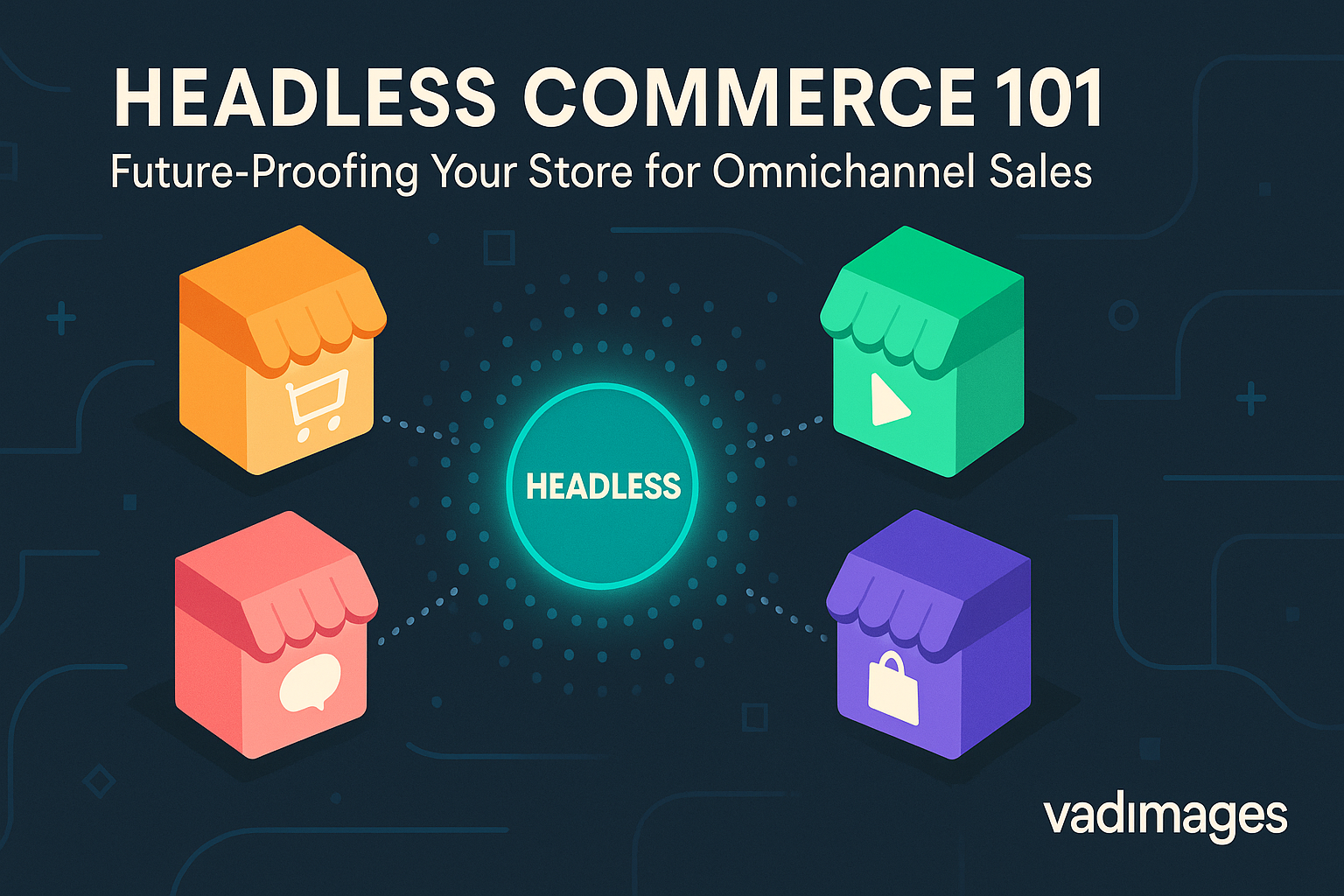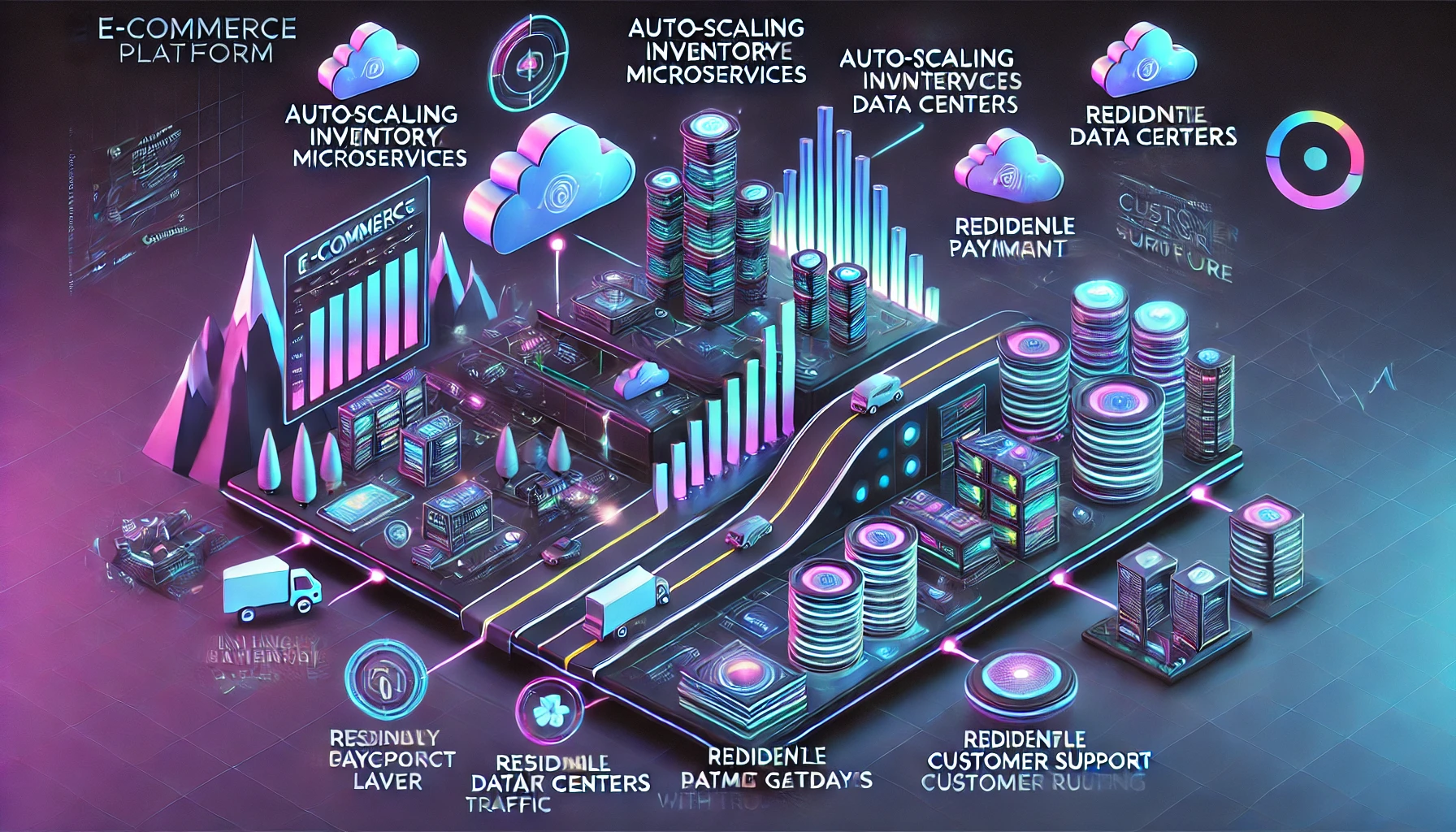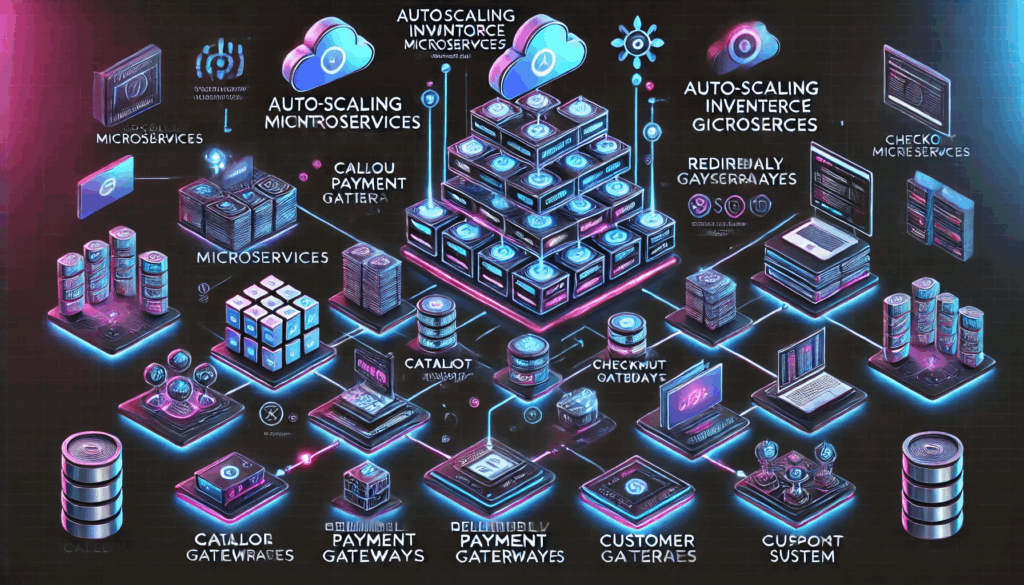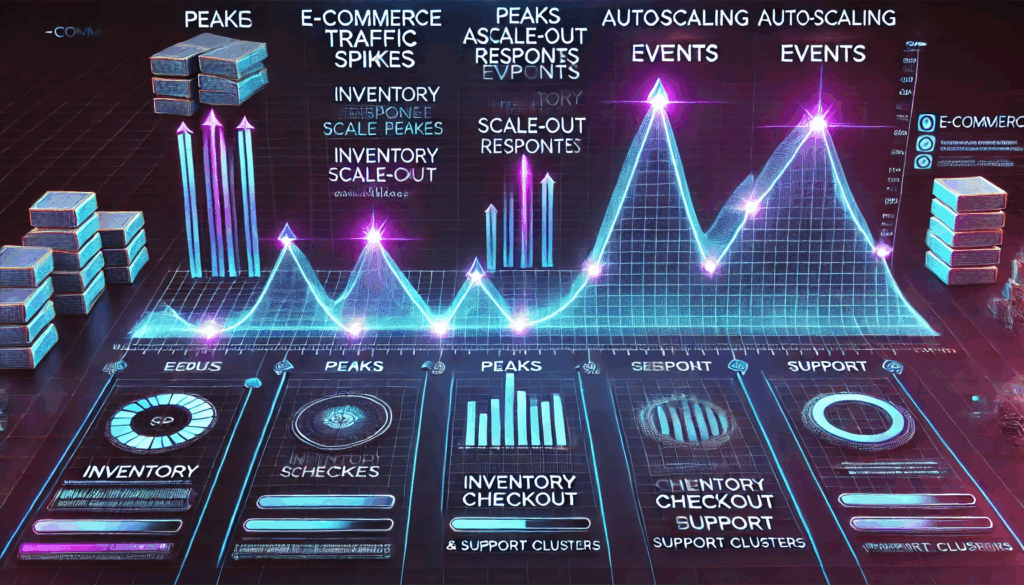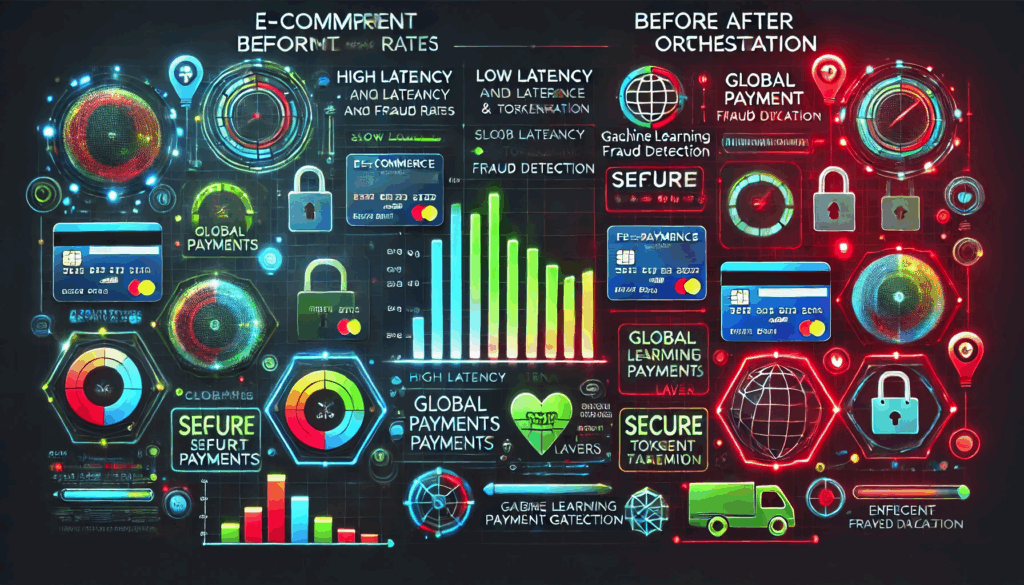Introduction: Ecommerce’s Ticking Clock
Every year the shelf life of an online storefront seems to shrink. A design refresh buys a few months of relevance, but new sales channels—Instagram Checkout, smart-TV shopping, voice assistants—arrive faster than most platforms can adapt. Meanwhile customer data regulation grows teeth. Independent medical-supply clinics in particular carry a double burden: they must chase omnichannel revenue while proving that every order confirmation, every chat transcript, and every abandoned-cart reminder keeps protected health information locked down to HIPAA standards. That pressure explains why searches for “build HIPAA compliant portal cost” have spiked 300 % since January. Merchants realize that the backend, not the theme, determines how far they can grow and how safely they can store sensitive data. This is the moment headless commerce moves from tech-insider hype to survival strategy.
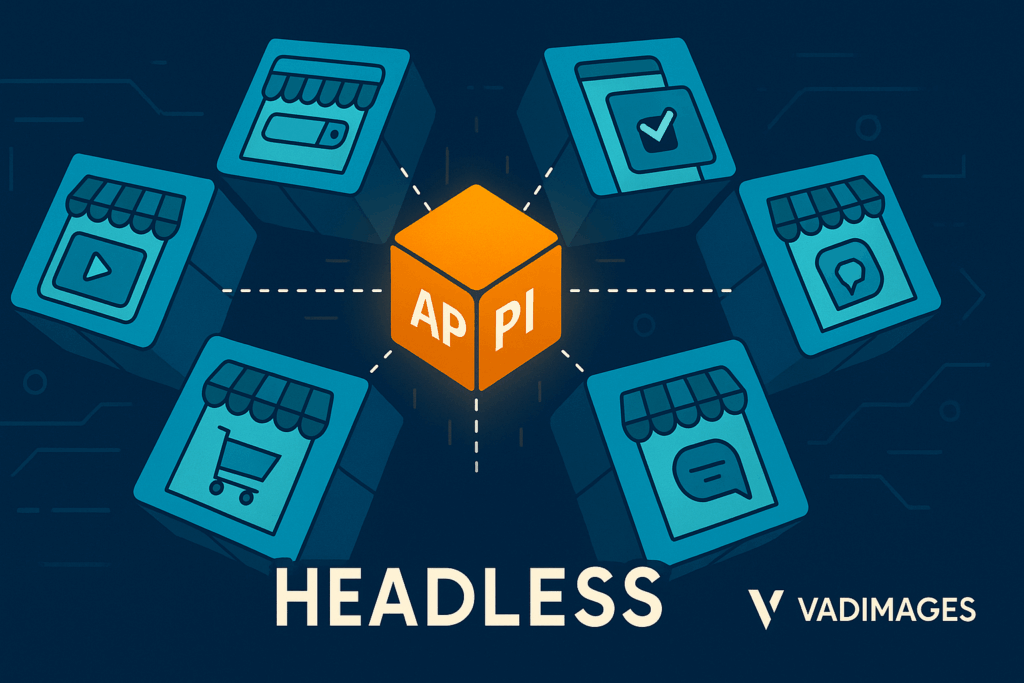
Why Traditional Storefronts Hit a Wall
Classic platforms bundle presentation, business logic, and database into one towering stack. Early on that tight coupling feels efficient: one dashboard rules all. Eventually the very convenience that launched growth becomes a straitjacket. Each theme tweak rebuilds the whole site. Each new sales channel demands a plugin that slows page speed and introduces security risk. The first time a clinic’s marketing team asks engineering to insert personalized post-op instructions into checkout emails, the monolith creaks. Worse, every plugin touched by PHI must pass a HIPAA audit, so the patchwork expands compliance scope exponentially. Time-to-market slips from days to quarters, and customers sense the stagnation long before finance does.
What Makes Headless Commerce Future-Proof
Headless flips the stack by turning the front end into a stateless consumer of APIs. Product data lives in a secure engine room optimized for speed and compliance; any customer-facing surface—website, mobile app, kiosk, even a physician’s CRM—grabs only what it needs through token-based calls. Because rendering detaches from logic, teams swap frameworks or design systems without rewriting checkout rules. Need a React Native catalog for trade-show kiosks? Plug into the same GraphQL endpoint that powers your PWA. Want to A/B test a zero-step checkout flow? Ship it to a sandbox branch with Webhooks, not downtime. Most critically for healthcare retailers, a headless core lets Vadimages isolate PHI behind encrypted micro-services audited once, then reused everywhere. The result: omnichannel speed without multiplying your compliance footprint.
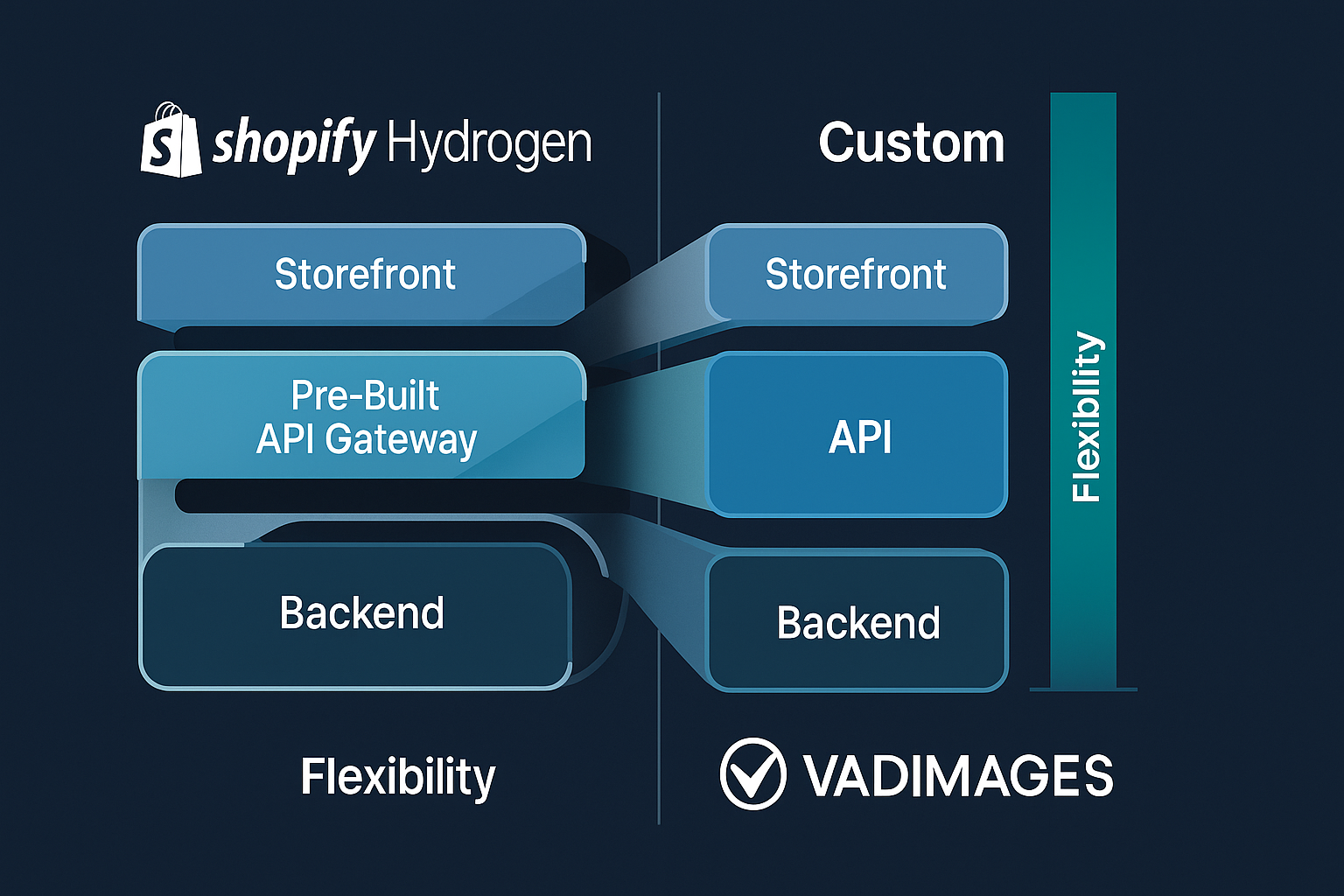
Shopify Hydrogen versus a Custom Headless Stack
Shopify’s Hydrogen framework offers a middle road: storefront components pre-wired to the world’s most battle-tested commerce APIs. For many U.S. SMBs Hydrogen accelerates launch time while granting React freedom. But when clinics require bespoke membership tiers, pharmacy integrations, or machine-learning personalization running on AWS SageMaker, Hydrogen’s guardrails can feel narrow. A custom Vadimages stack begins with an open-source commerce core hardened for HIPAA, wraps it in a GraphQL gateway, then layers Jamstack-friendly caching so your site scores 95 plus on Google’s Core Web Vitals even on rural LTE. Because every service runs in its own container, you can swap taxation engines or add a subscription micro-service without filing a change request with a vendor. Our clients typically see a 38 percent lift in conversion within six months, attributable to sub-second page loads and native checkout flows on every channel from TikTok Shop to in-office tablets.

HIPAA-Grade Security for Omnichannel Healthcare Retail
For independent clinics and DME suppliers, PHI isn’t an abstract acronym—it is the audit letter that can appear next quarter. Vadimages architects every data path so sensitive fields stay in encrypted transit and at rest under AES-256, isolated in a zero-trust VPC. We implement field-level tokenization, role-based access tied to your IdP, and continuous logging streamed to immutable S3 Glacier vaults. If you already run Shopify Plus, we can decouple storefront delivery first and migrate checkout later, preserving revenue while tightening compliance. Whether you choose Hydrogen or a fully custom API layer, our team drafts the HIPAA Risk Analysis and Business Associate Agreements you will need when investors or regulators knock. Future-proofing is meaningless if it can’t clear legal hurdles, so we bake compliance into sprint one, not sprint twelve.

Conclusion: Scale Once, Sell Everywhere
The next commerce boom will not wait for you to replace your platform every five years. Headless architecture—whether accelerated by Shopify Hydrogen or purpose-built by Vadimages—turns replatforming into simple iteration. It invites new channels, new experiences, and new regulations without dragging legacy code along for the ride. If you need proof, ask our U.S. clinic partners who now take curb-side orders by text, sync inventories to Epic, and close monthly books in a tenth the time. Tomorrow’s customers will expect the same fluidity. Future-proof your store today and greet them on any screen they choose.
Ready to explore the roadmap? Vadimages offers a complimentary 30-minute Headless Commerce Audit. Schedule yours now and receive a custom cost breakdown—including HIPAA-compliant portal estimates—within forty-eight hours. Your omnichannel future is one API call away.
